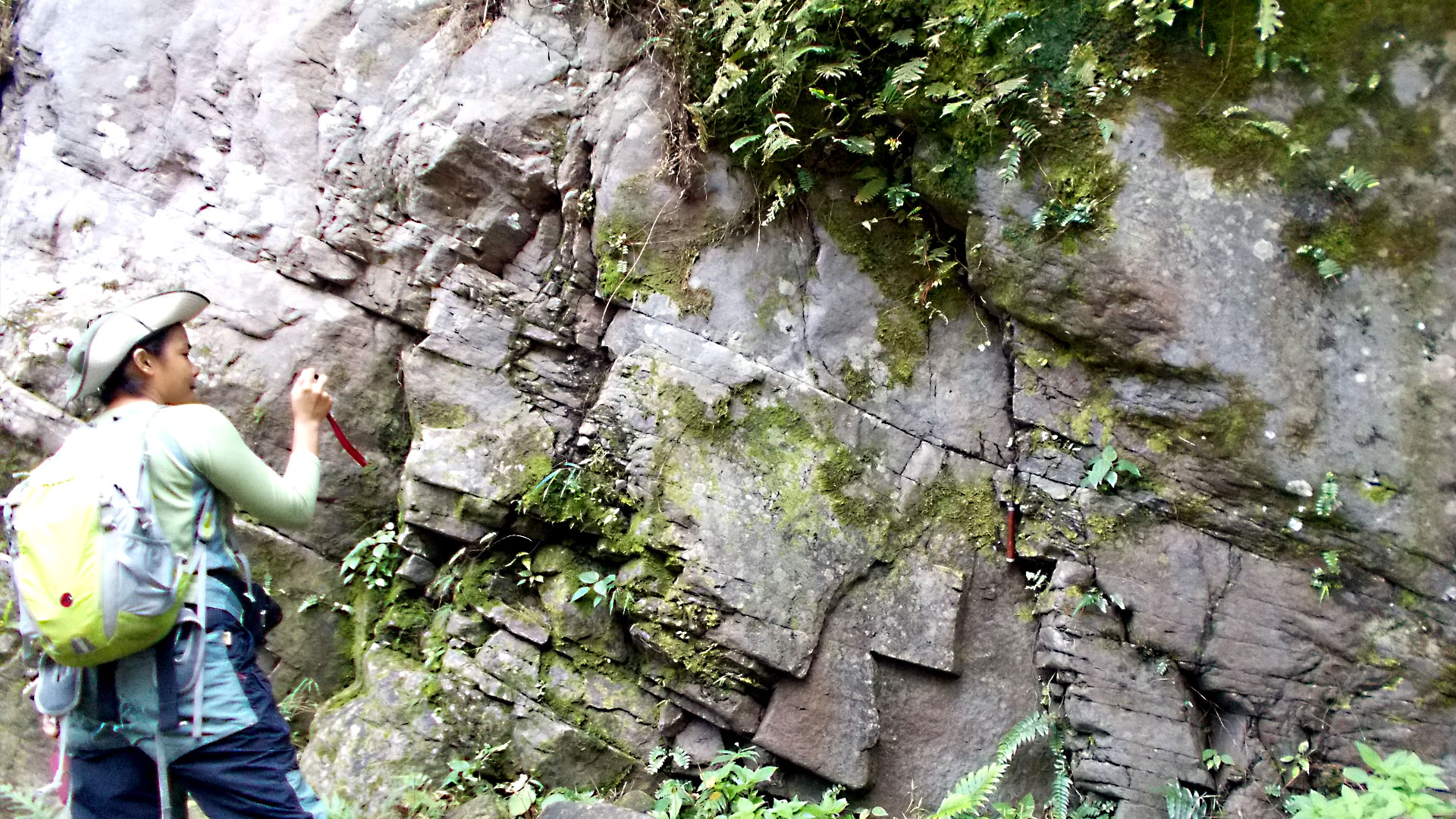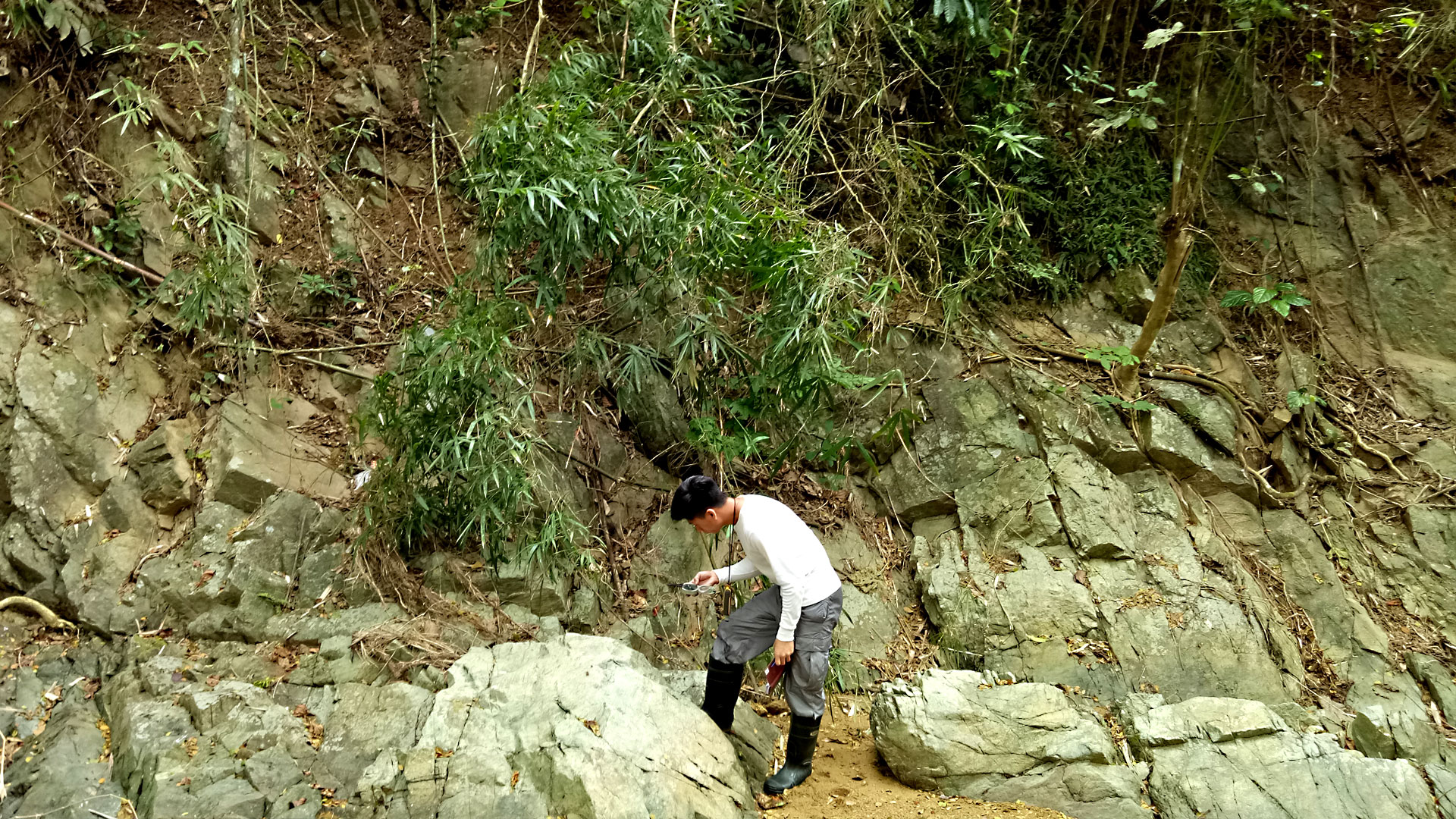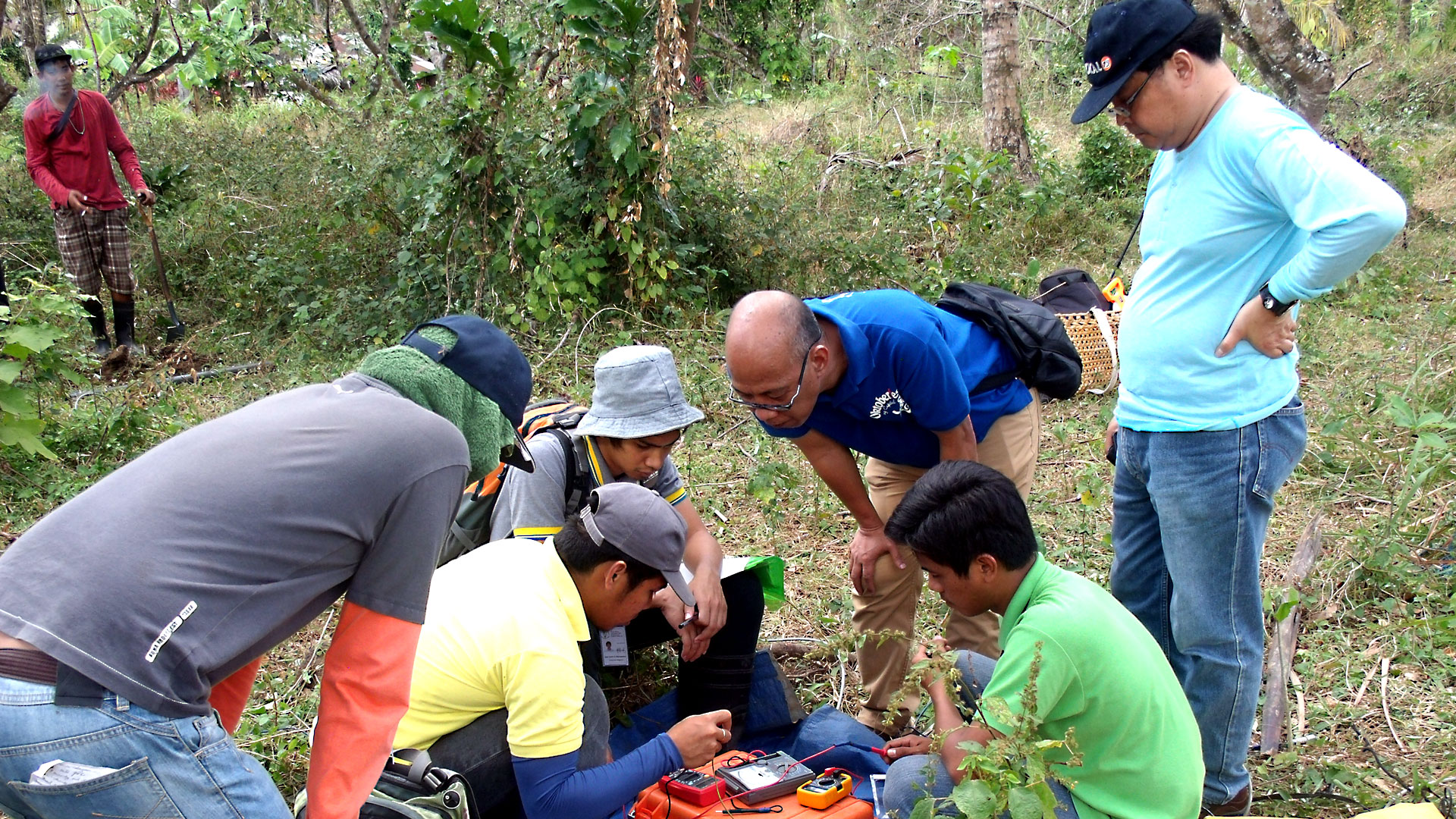
The Tiaong-Dolores geothermal project occupies 49,167 hectares in the provinces of Laguna and Quezon, covering the municipalities of Tiaong, Dolores, San Pablo, and even Candelaria. Subdivided politically, Tiaong is made up of 31 barangays (small administrative districts), while Dolores has 16. The contract site is near two other geothermal plants, affirming that it is within an area of high geothermal potential. Just southeast of the project area is the 385-MW Makiling Banahaw Geothermal Power Plant (MakBan) in Calauan, Laguna, which was commissioned in 1979 and has been operated by Aboitiz Power Renewable Inc. since May 2009. The Maibarara Geothermal Power Plant (20-MW) in Sto. Tomas, Batangas, an integrated power facility comprising of steamfield, power station, and transmission line, is the newest geothermal power facility in the country and was the first under Pres. Benigno S. Aquino’s administration, which ended in 2016. It is operated by Maibarara Geothermal, Inc. (MGI), a joint-venture company 65%-owned by PetroGreen Energy Corp. (PGEC), a wholly-owned subsidiary of publicly-listed PetroEnergy Resources Cop. (PERC). TransAsia Oil & Energy Development Corp. (TAO) and PNOC Renewables Corp. (PNOC-RC) own 25% and 10% respectively of MGI. The Tiaong-Dolores project area, which is within the Macolod Corridor, a highly volcanic zone where MakBan and Maibarara are located, is also near the Mount Banahaw Volcanic Complex, which is composed of Mount Banahaw, Mount San Cristobal, and Mount Banahaw de Lucban, and is within the Luzon Volcanic Arc (LVA). The Macolod Corridor, an active Quaternary volcanic area aligned perpendicular to the Manila Trench, has strongly influenced the presence of this project’s resource as well as those of the operating MakBan and Maibarara geothermal fields.
Geologic Setting
Two distinct potentially productive areas for geothermal development occur within or on the margins of the Tiaong Contract Area: the west flank of Mount San Cristobal (“San Cristobal prospective area”) and the southwest flank of Mount Banahaw (“Banahaw prospective area”). Both prospects are delineated primarily by prominent MT resistivity anomalies associated with Quaternary-age silicic volcanic domes flanking composite andesitic volcanoes. This geologic setting is strongly suggestive of a shallow magmatic heat source capable of supporting a significant geothermal system. Indeed, the nearby producing geothermal fields at Mak-Ban (386 MW) and Maibarara (20 MW) both occur in closely analogous geologic settings to the Tiaong prospects. The resource closest to Mount San Cristobal has estimated capacity of 60- 240MW given the geothermal anomaly area identified through MT is over 20 sqkms. The other resource, closer to Mount Banahaw has estimated capacity of 30-130MW.
Project Background
The MT or magnetotelluric resource assessment identified potential high temperature reservoirs within or on the margins of the Tiaong Contract Area. Both prospects, delineated primarily by prominent MT resistivity anomalies associated with Quaternary-age silicic volcanic domes flanking composite andesitic volcanoes, show strongly suggestive of a shallow magmatic heat source capable of supporting a significant geothermal system, according to internationally recognized geothermal consultants Red Core works with for resource assessment and 3D resource modelling. Indeed, the nearby producing geothermal fields at Mak-Ban (386 MW) and Maibarara (20 MW) both occur in closely analogous geologic settings to the Tiaong prospects. The Makiling-Banahaw Geothermal Plant (MakBan), operated by Aboitiz Power Renewable, Inc., is already operating in Calauan, Laguna near the site, thus ensuring social acceptability within the communities around the area. The MakBan is the 4th largest geothermal plant in the world. Its distance from Metrol Manila is 110 kms.


